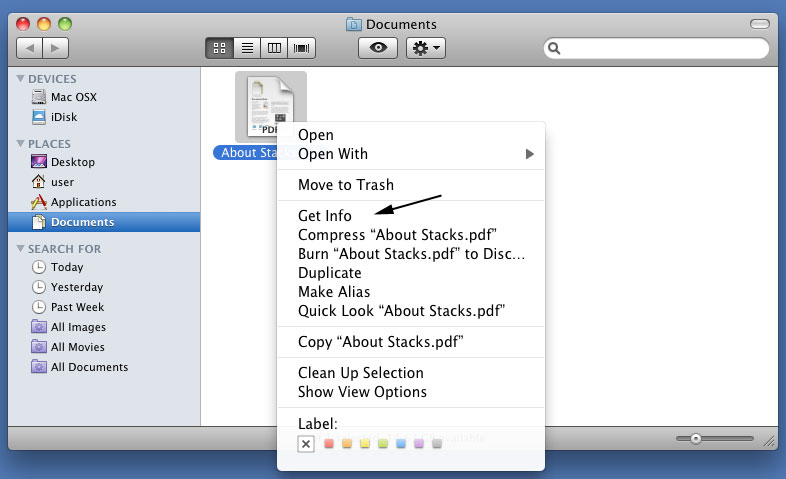
- Default program for mac for mac#
- Default program for mac archive#
- Default program for mac windows#
Under 'Open With', select the program you want to change the default to, make sure to click on 'Change All.' button, confirm, and it is done. Step 3: Select all dummy files in Finder at once, then press option+ command+ I. Open Terminal.app, and using your txt file above do the following command: while read -r line do mkfile 1b file$ done < types.txt Step 2: Create temporary dummy files of every extension in an above category in your user folder.

Some extensions may not open in the universal media player / image viewer you want to switch to, but you can fix it on a doesn't-work basis after the switch.
Default program for mac archive#
From such sources, I removed a few that I deemed unsuitable as they are commonly used in non-media file contexts and may conflict, e.g.xz was in a media list, but it's usually an archive format.) (The above lists were collated from sources including as at 2020.09.30 ( audio, video, image), VLC's formats wiki, foobar2000 documentation, my own knowledge, and various programs' save / export file dialogues. 3g2, I've put such an extension into the video list). (For the few file extensions that I'm aware can apply to either video or audio, e.g.ram.
Default program for mac windows#
Conclusion: using os.system() is therefore also a correct answer.Ī marked disadvantage is that the Windows start command requires you to pass in shell=True which negates most of the benefits of using subprocess.Step 1: Put the list of file types (from one of the categories below) into a text file at ~/types.txt, with one per line as shown.īelow are very exhaustive lists for three common media file categories. To the objection "But subprocess is preferred." However, os.system() is not deprecated, and it's in some sense the simplest tool for this particular job.
Spawns a (non-blocking) subprocess: We don't need to wait for the child process, since we're by problem statement starting a separate process. Error handling: It doesn't actually give us any more error detection, we're still depending on the retcode in either case but the behavior to explicitly raise an exception in the case of an error will certainly help you notice if there is a failure (though in some scenarios, a traceback might not at all be more helpful than simply ignoring the error). In neither case are we executing arbitrary text, so it doesn't have an inherent "but you can type 'filename rm -rf /'" problem, and if the file name can be corrupted, using subprocess.call gives us little additional protection. Security: In theory, this is more secure, but in fact we're needing to execute a command line one way or the other in either environment, we need the environment and services to interpret, get paths, and so forth. Now, what are the advantages of using subprocess? Print >sys.stderr, "Execution failed:", e Print >sys.stderr, "Child returned", retcode If retcode >sys.stderr, "Child was terminated by signal", -retcode Retcode = subprocess.call("open " + filename, shell=True) If you need to be compatible all the way back to Python 2.4, you can use subprocess.call() and implement your own error checking: try: In Python 3.5+ you can equivalently use the slightly more complex but also somewhat more versatile n(, check=True) You can also call them via subprocess module, but.įor Python 2.7 and newer, simply use subprocess.check_call() Windows: os.system("start " + filename) where properly speaking filename should be escaped, too. MacOS/X: os.system("open " + shlex.quote(filename)). Maybe see also python, windows : parsing command lines with shlex There is shlex.quote for Unix-like systems, but nothing really standard for Windows. A:\abc\def\a.txt), or else these need to be escaped. You can call them via os.system, which works, but.Įscaping: os.system only works with filenames that don't have any spaces or other shell metacharacters in the pathname (e.g. Here are considerations on which package to use: 
To call them from Python, you can either use subprocess module or os.system().
Default program for mac for mac#
Open and start are command-interpreter things for Mac OS/X and Windows respectively, to do this.






 0 kommentar(er)
0 kommentar(er)
